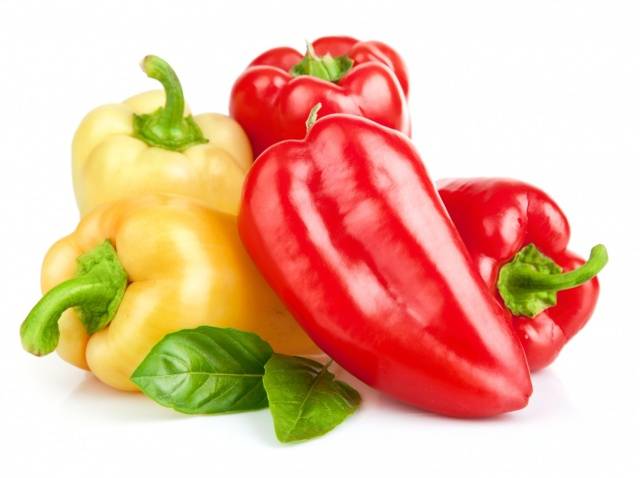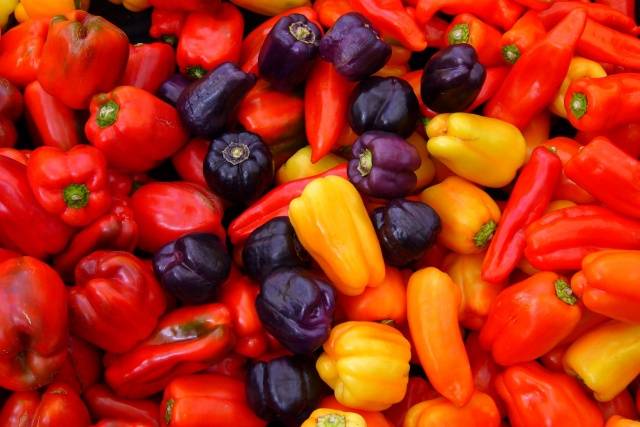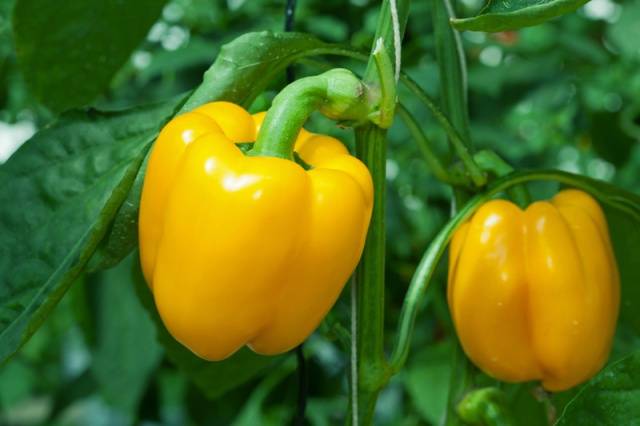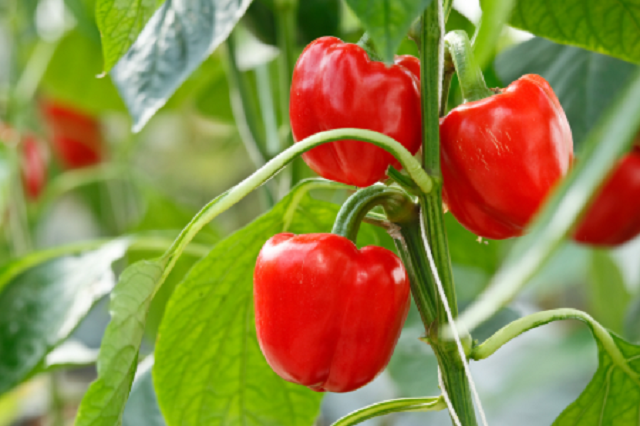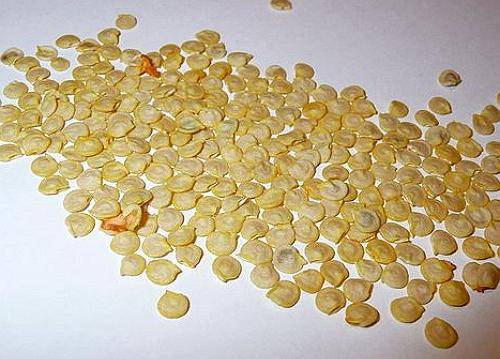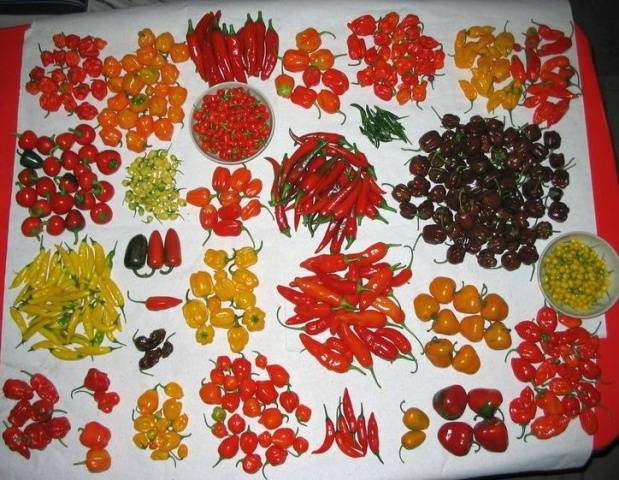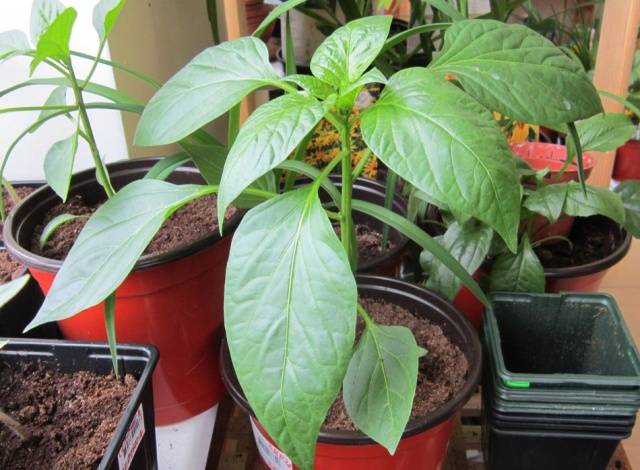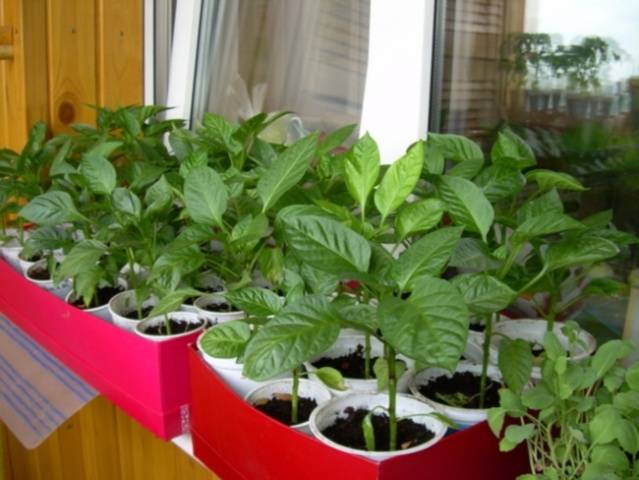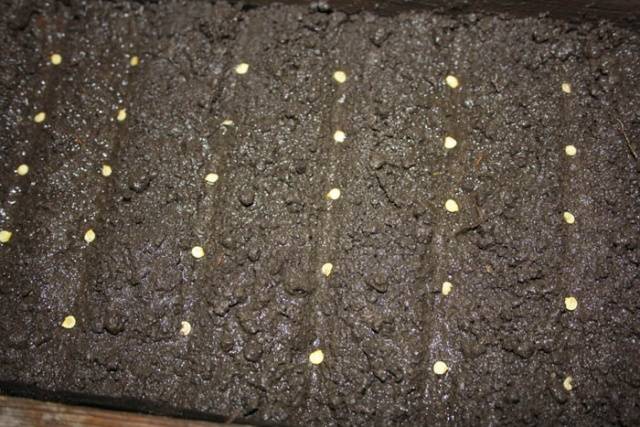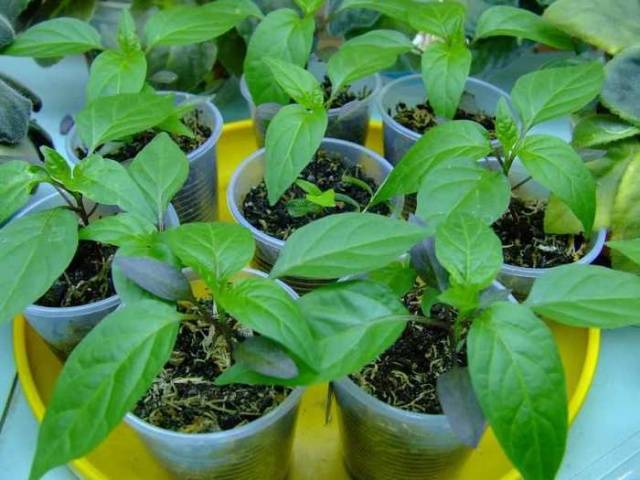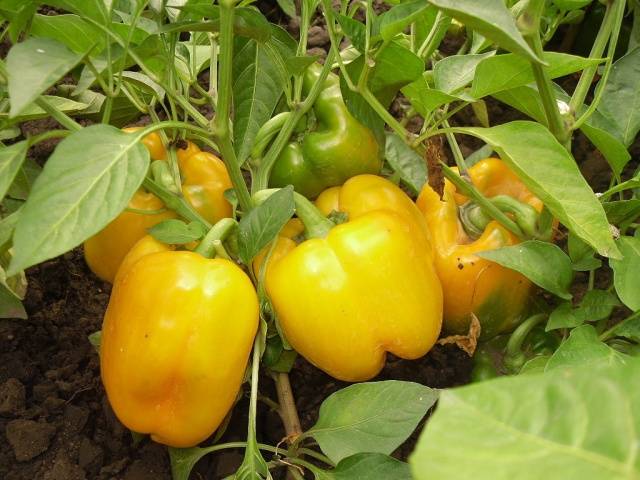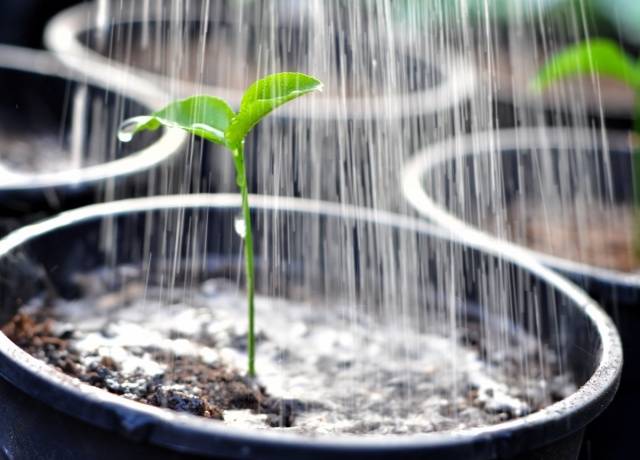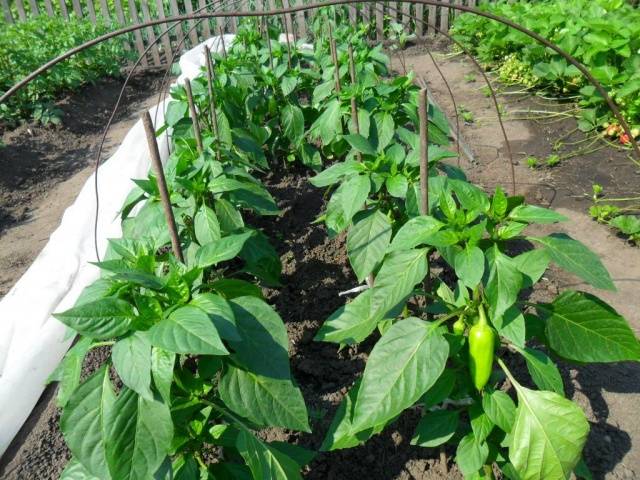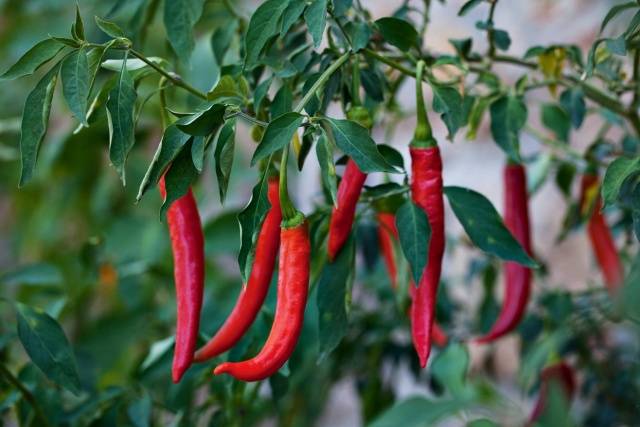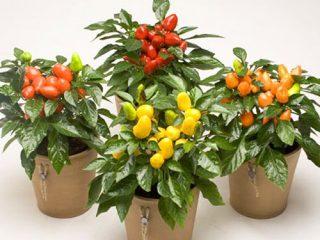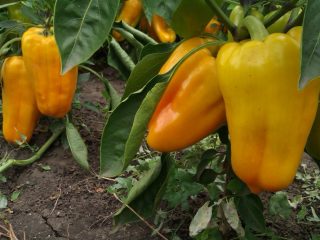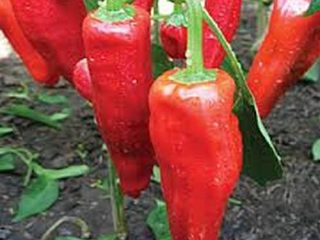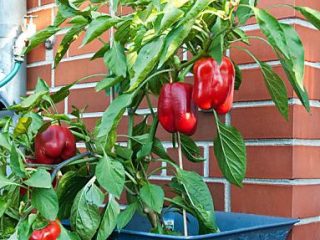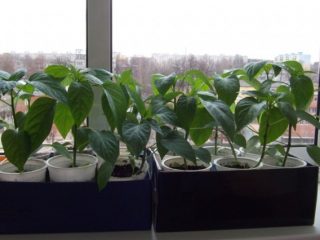Content
Pepper is a very popular crop. Its homeland is Central America. Our gardeners know that the method of growing this vegetable depends on the length of summer. We will also talk about this later. The main question that interests us: what pepper varieties choose to reap a bumper harvest by fall. Appear annually new varieties and hybrids, sometimes it’s difficult to understand their diversity.
Variety of peppers
Grow a harvest of bell peppers, sweet both juicy and also spicy - a dream for every gardener. Its ripening period in the middle zone is slightly higher than the warm summer season. That is why it can only be grown by seedlings. In the south, seeds can be planted directly in open ground.
All peppers are divided according to:
- varieties;
- flowers;
- growing time;
- taste qualities and so on.
For those whose summers are short and cool, it is better to choose early ripening and low-growing varieties. However, gardeners are well aware that these varieties can turn out to be dry and tasteless, but you really want to grow not just a plant, but a tasty and juicy product. Productivity is also of great importance. Let's look at the most productive varieties of pepper that can be grown in open ground.
The best varieties and hybrids
The word “best” means a productive and early-ripening variety, as well as a rather unpretentious one. We will provide a comparative table according to which you can easily evaluate the characteristics of varieties and hybrids.
The most productive varieties of pepper for open ground:
- variety "Kapitoshka";
- variety "Vanguard";
- variety "Boatswain";
- variety "Hungarian yellow";
- hybrid "Bourgeois";
- variety "Derby";
- variety "Orion";
- variety "Anlita";
- hybrid "Grenadier";
- variety "Trapez";
- hybrid "Pinocchio";
- hybrid "Mercury";
- hybrid "Montero".
Today there are a lot of hybrids and varieties of pepper on the market. According to this year's data, the best sellers are:
- "Gift of Moldova";
- "Ivanhoe";
- "Belozerka";
- "Bogatyr";
- "Winnie the Pooh".
We will also include them in the table to compare the characteristics with those given above.
Table
Every gardener and summer resident is interested in certain characteristics of the variety that he likes. You can’t choose seeds just based on the picture; it’s important to study:
- planting scheme;
- productivity;
- the ability to grow in certain conditions;
- fruit size.
That's the minimum. The table below will help you get information quickly.
Name of variety/hybrid | Rate of ripening, days | Taste qualities | Dimensions and weight of the fruit, in centimeters and grams length/weight | Plant height, in centimeters | Productivity, kilograms per square meter | Scheme of planting seedlings |
|---|---|---|---|---|---|---|
Gift from Moldova | mid-season, maximum 136 | high | up to 10/up to 110 | 40-50 | 3-5 | 60x40 to a depth of 0.5 centimeters |
Bogatyr | mid-season 125-135 | juicy, sweet pulp | no information/up to 140 | 55-60 | 4-7 | 60x40, the variety tolerates cold weather well |
Ivanhoe | early ripening, from 105 to 135 | tall, sweet | on average 20/up to 140 | 70 | 6-7 | 60x40 |
Belozerka (Lumina) | mid-early, up to 120 | high | no information/up to 140 | 40-50 | 6-8 | 60x40, do not plant too often |
Winnie the Pooh | early ripening, 110 | juicy sweet fruit | 8-11/70 | 20-30 | 2-5 | standard scheme |
Vanguard | medium early, up to 125 | fragrant and juicy | 15/450 | 25-30 | 17 | 50x35, depth 2-3 centimeters, no more than 3 plants per 1 m2 |
Kapitoshka | mid-season, from germination to technical ripeness no more than 110 | sweet | on average 6-7/up to 83 | 45-55 | 21,4 | standard scheme |
Boatswain | mid-early, up to 120 | good | 10-15/up to 250 | 25-30 | 16 | 50x35, 1-3 cm |
Hungarian yellow | early ripening, up to 125 | very beautiful, slightly spicy flesh | no information/70 | 40-55 | 15-18 | 50x35 |
Bourgeois | mid-early, up to 120 | good | 10-15/up to 250 | 25-30 | 16 | 50x35, 1-3 cm |
Derby | early, 104-108 | good | 8-9/50 | 50-60 | 12.5 on average | 35x40 |
Orion | mid-season, 127 | sweet | no data/160 | 60-80 | up to 18.6 | 50x30 by 2-4 cm |
Grenadier | mid-season, 120-130 | allspice | 10-15/550-650 | 25-28 | 18 | 50x35, depth 1-3 cm |
Anlita | mid-early, maximum 117 | sweet fruit | no information/80-90 | medium height | up to 15.3 | 50x30, seed sowing depth 2-4 centimeters |
Meals | average speed, up to 140 | good | 10-12/150-180 | 80, lots of foliage | 12-12,6 | per 1 m2 no more than 4 plants |
Pinocchio | ultra-early hybrid, 88-100 | sweet fruit | 10-12/100-120 | high, 70-100 | 7-10 | 50x35 |
Montero | ultra-early, maximum 100 | excellent | 10-15/up to 120 | on average 100-120 | 7-8 | 50x35 |
Mercury | ultra early ripening, 89-100 | excellent | 10-16/up to 240 | from 80 and above | 7-8 | 50x35 |
As you may have noticed, there are varieties of pepper whose yield reaches 17-20 kilograms per square meter. That's a lot. To get such a quantity of vegetables by autumn, you must carefully observe the planting and growing conditions. For the convenience of residents of the middle zone, we have given examples ultra-early ripening varieties and hybrids that ripen in 100 days and provide gardeners with a stable and high yield.
In order to grow peppers, you must adhere to certain rules. Each region has its own conditions for growing pepper. Let's talk directly about the methods.
A few more productive pepper varieties for open soil presented in the video below.
Methods for growing peppers in open ground
So, depending on weather conditions, air humidity and soil type, a seedling or non-seedling growing method is chosen. If you create unfavorable conditions for the plant, no one can guarantee you high yields. The work of a gardener is real hard work. With effort, you can reap a rich harvest.
Seedling method
For those regions where the summer is too short, it is not possible to immediately plant pepper seeds in open ground, even if it is a persistent, early-ripening hybrid. 100 warm sunny days can only be found in a limited area of our large country. As a rule, during the summer in Siberia and the Urals it may suddenly begin to rain, and the temperature will drop to extremely low levels. These factors are detrimental to pepper. Therefore, they prefer to first grow seedlings at home, in a warm place, and then plant them in the ground.
The timing of planting pepper seedlings depends entirely on the climate in which you live. As a rule, this period is limited to March 1. After this date you can only plant early and ultra early varieties.
The soil for pepper seeds can be:
- bought in a store with a good composition, high quality;
- made independently according to the recipe below.
To prepare the soil yourself, you need to take 2 cups of sand and the same amount of wood ash, mix everything with a bucket of humus. Add 2-3 liters of water to the resulting mixture and boil. After this, the mixture is transferred into molds. You can plant seeds in warm soil.
Planting is carried out according to the scheme indicated on the packaging. With regard to the seedling planting method, this rule is not mandatory, because you will have to pick and transplant each plant into open ground.
Sometimes it is better to plant each seed in a separate cup or peat tablet; this will simplify replanting and will not disturb the root system of the plant.
Seedless method
This method involves planting seeds directly in open ground. This is possible if the duration of warm summer days is longer than the ripening period of the pepper. It is usually counted from the moment the first shoots appear. In Russia, it is advisable to do this only in Crimea and the Krasnodar Territory, although the fruiting period may still be reduced. For other regions, only the seedling method described above is good.
Below we will describe in detail the requirements of this crop for soil, watering, air temperature, fertilizing, care, and so on. Productivity is very dependent on meeting these requirements.
There are two ways to plant seeds in the ground:
- without sprouting them;
- after they germinate.
Here everyone is free to choose the method that is closer to them. The second will speed up germination by several days. To do this, the planting material is kept in water at a temperature of +50 degrees for 5 hours. They should swell. After this, you can transfer the seeds to damp gauze and keep them like that for two or three days. After such preparation, they will hatch in a day or two.
Planting is carried out strictly according to the scheme indicated on the packaging. You should also not bury the germinated seeds too deeply.
The standard scheme is to plant 4-6 plants per 1 square meter. They should not be crowded in the beds in the ground. The plant itself, like its root system, takes a long time to develop.
Requirements for growing crops
Pepper is a special crop. With a lack of sun, it begins to bear fruit faster, although this will affect the yield. It is important that certain conditions are created for the plant. The conditions for growing peppers are similar to those under which tomatoes are grown. If you have experience in this matter, you can easily combine both activities in the garden beds.
General requirements
Since pepper comes from warm places, it needs:
- prolonged heat;
- plenty of light (especially when growing seedlings);
- abundant and high-quality watering.
If the climate in your region is unstable, you will have to build film shelters in advance or abandon planting in open ground in favor of growing peppers in a greenhouse.
Soil requirements
Peppers love light soil. The maximum acidity of the soil should be 7 units. Exceeding this figure may adversely affect yields.If acidity is high in the region, the land needs liming.
The soil should be loose and need to be cultivated from time to time. There are also certain temperature requirements for all varieties. The ground must warm up enough to plant peppers in open ground.
- the reduced air temperature for pepper is +13 degrees and below;
- The optimal air temperature for growing is +20-32 degrees.
Cold weather can affect the flowering of varietal peppers. When the air temperature drops, seedlings may get sick and die.
Optimally, pepper seedlings should be illuminated for 12 hours in a row. This is only possible in the south of the country. When growing seedlings, you will need to use additional lighting. At night, the seedlings are moved to another place, cooler, but without drafts.
The composition of the soil, which we described above, once again shows that pepper of all varieties is demanding on soil fertility. However, introducing fresh manure is strictly prohibited.
Pepper does not tolerate potassium chloride as a fertilizer. You can apply organic matter in the spring and phosphorus fertilizers in the fall before planting. Potassium is also useful for growing, but does not contain chlorine.
Watering requirements
As for watering, it is important. Peppers of any variety love water; you can water them with rain once a week, which will have a beneficial effect on the plant.
Seed material, seedlings and young shoots in the beds are watered only with water at room temperature, never cold.
The root system of pepper is not deep, so this crop needs shallow watering. When the plants grow, you can water them at the root.
Planting seedlings in open ground
The predecessors of this wonderful culture in the garden beds can be:
- cabbage;
- cucumber;
- onion;
- carrot;
- zucchini
Potatoes and tomatoes take away from the soil those components that are extremely important for any type of pepper; pepper cannot be planted after them.
About a week before planting seedlings or seed, the ground must be disinfected. To do this, use a solution of copper sulfate in water (1 tablespoon per standard bucket).
The earth should be warm, well heated. Take each plant from the glass and plant it in the prepared hole, without deepening or pressing down in the area of the root neck. Soil looseness is very important.
Another important nuance: try to plant different varieties of peppers at a distance from each other, as they can cross-pollinate. What does it mean? By planting peppers of different varieties close to each other, the taste of one may end up overwhelming the taste of another variety or hybrid. This is especially true when planting sweet and bitter varieties next to each other.
For cool climates and short warm summers, try to build for pepper raised beds at least 25 centimeters. During growth, the crop will need to be tied up and fed. You can do this using a standard nettle infusion (1 part of the plant to 10 parts of water is infused for exactly two days).
Conclusion
Compliance with the growing rules will give an excellent result in the form of a rich harvest of juicy peppers. It doesn’t matter which hybrid or variety suits your taste, every year gardeners try to plant new varieties and try them out. At the same time, their collection is replenished with those that have long been loved. Try it too!
